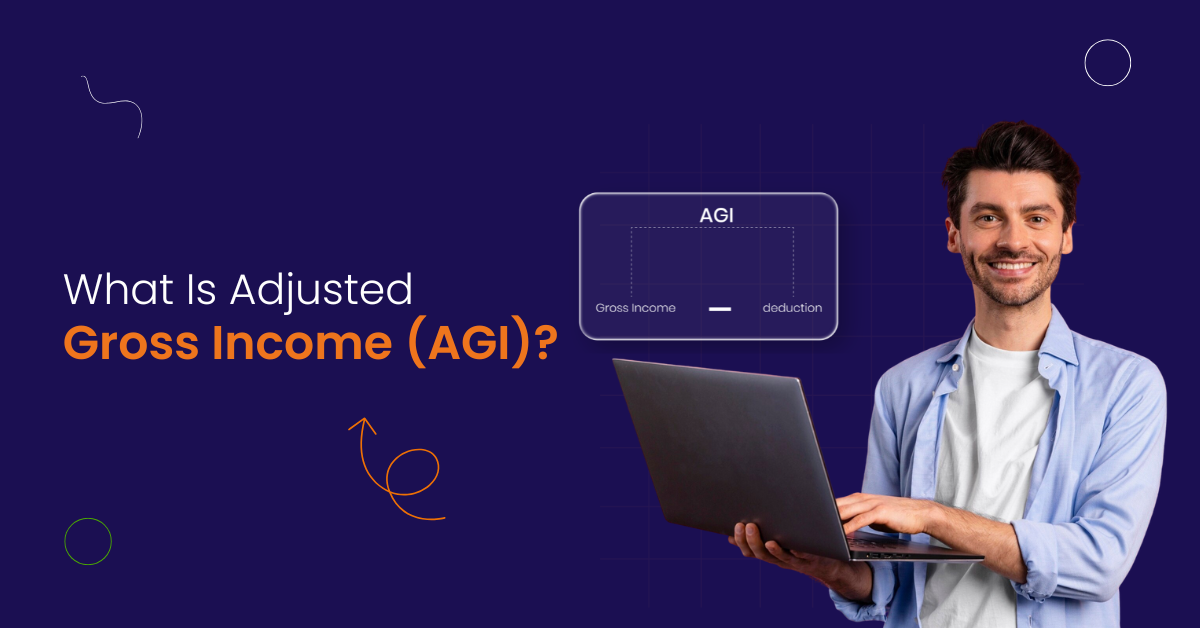Introduction to Payroll Management
- Payroll management is a critical function in HR that involves managing employee salaries, taxes, and compliance efficiently.
- A well-structured payroll process helps businesses avoid errors and maintain trust with their employees.
- Payroll management software automates payroll tasks, reducing manual effort and minimizing errors.
- Reliable payroll software ensures that employees are paid accurately and on time, which is essential for maintaining employee morale and productivity.
Payroll management is not just about processing salaries; it encompasses a comprehensive approach to handling various elements such as salary structure, variable pay, reimbursements, and statutory deductions. Efficient management of these components ensures compliance with Indian labor laws and tax regulations, while also fostering transparency and trust between employers and employees. By leveraging advanced payroll software, businesses can automate complex calculations, manage multiple departments’ inputs seamlessly, and provide employees with real-time access to their payroll data through employee self service portals.
Payroll Management Process
- The payroll management process involves several stages, including pre-payroll, actual payroll, and post-payroll activities.
- Pre-payroll activities include onboarding employees, defining payroll policies, and collecting essential employee inputs.
- Actual payroll process involves calculating net salary by deducting statutory taxes and other deductions from gross salary.
- Post-payroll activities include recording employee salaries in company accounts, ensuring sufficient funds in the salary bank account, and deducting and remitting statutory payments.
Streamline post-payroll compliance and accounting with Bharat Payroll—Discover how!
The entire payroll management process requires coordination across multiple departments such as HR, finance, and compliance teams. Pre-payroll activities focus on gathering accurate employee data, including salary revision details, attendance data, and reimbursement details, which are critical for calculating the correct net pay. Defining a clear pay policy and salary structure during this stage ensures consistency and transparency. It is important to define payroll policies clearly and get them approved by management for standardizing payroll processing. During the actual payroll process, payroll software calculates salaries by factoring in variable pay components, statutory deductions like Provident Fund and Professional Tax, and tax declarations. Post-payroll activities involve payroll accounting, generating salary bank advice statements, salary disbursement, and ensuring statutory compliance through timely filings and payments.
Payroll System
- A payroll system is a software application that automates payroll processing, ensuring accuracy and compliance.
- It handles salary calculations, tax deductions, direct deposits, payslip generation, and reporting.
- A good payroll system should be scalable, adaptable to changing tax rules, and have employee self-service capabilities.
- Payroll systems can be integrated with other HR systems, such as leave and attendance management, to streamline HR processes. The gross salary includes the basic salary and allowances, such as House Rent Allowance (HRA), Dearness Allowance (DA), Leave Travel Allowance (LTA), and other special allowances.
Integrate your HR processes smoothly with Bharat Payroll’s unified platform—Explore integration options!
Modern payroll systems not only automate the core payroll computations but also integrate with various HR modules to provide a holistic management experience. This integration allows for seamless data flow between attendance tracking, leave management, and payroll calculation, reducing manual intervention and minimizing errors. Additionally, payroll systems support managing active employees and contractor payments, ensuring that all personnel are accounted for accurately. The employee self service portal empowers employees to view payslips, update personal information, and submit income tax declarations or reimbursement claims, enhancing transparency and reducing HR workload.
Payroll Software
- Payroll software is a type of management software that automates payroll computation and integrates leave, attendance, HR, and employee self-service.
- It reduces friction in collecting payroll inputs from multiple sources and ensures accurate payroll processing.
- Payroll software should have features like ease of use, compliance, and integration capabilities to reduce manual intervention and errors.
- The right payroll software can simplify payroll processes, reduce processing time, and improve clarity.
Effective payroll software supports the entire process of payslip management in India by handling complex salary components including fixed pay, variable pay, bonuses, and reimbursements. It facilitates collaboration across multiple departments by consolidating employee data and payroll inputs into a unified platform. This reduces the risk of errors and ensures that salary revisions and tax declarations are accurately reflected in each payroll cycle. Furthermore, payroll software provides detailed reporting and audit trails, which are essential for compliance management and payroll accounting.
Best Payroll Software
- The best payroll software should have features like automation, compliance, ease of use, and integration capabilities.
- It should be scalable, adaptable to changing tax rules, and have employee self-service capabilities.
- Some popular payroll software options include Zoho Payroll, GreytHR, and RazorpayX Payroll.
- When choosing payroll software, consider factors like cost, user experience, and customer support.
Selecting the right payroll software is crucial for small businesses and large enterprises alike. The software should accommodate business growth, support salary revisions, and handle compliance with evolving tax laws. Features like automated salary bank advice statement generation and integration with accounting systems streamline payroll accounting and reporting. Additionally, software with robust security measures ensures payroll data confidentiality and protection against unauthorized access.
Management Software
- Management software refers to applications that automate and streamline business processes, including payroll management.
- Payroll management software is a type of management software that automates payroll processing, ensuring accuracy and compliance.
- Management software can be integrated with other business systems, such as accounting and finance, to improve efficiency and reduce errors.
- When choosing management software, consider factors like scalability, adaptability, and integration capabilities.
Scale your payroll operations effortlessly with Bharat Payroll—Get in touch today!
Modern management software solutions provide end-to-end automation for payroll operations, covering everything from employee onboarding to final salary disbursement. Integration with finance and accounting systems reduces manual entry and ensures that payroll expenses are accurately recorded in company books. Scalability is essential to support growing workforces and expanding business needs without compromising performance or compliance.
Payroll Calculation
- Payroll calculation involves calculating net salary by deducting statutory taxes and other deductions from gross salary.
- It requires accurate data, including employee details, salary components, and tax declarations.
- Payroll calculation can be automated using payroll software, reducing manual errors and improving efficiency.
- Accurate payroll calculation is essential for ensuring that employees are paid correctly and on time.
Payroll calculation is a critical step that involves factoring in salary revisions, variable pay, reimbursements, and statutory deductions like TDS, PF, and professional tax. Accurate attendance data and leave records are also essential inputs. Automating these calculations through payroll software ensures precision, reduces errors, and guarantees timely salary payments, which are vital for employee satisfaction and legal compliance.
Attendance Data
- Attendance data is essential for payroll processing, as it determines the number of days worked and salary payable.
- Attendance data can be collected manually or automatically using attendance management systems.
- Accurate attendance data is critical for ensuring that employees are paid correctly and on time.
- Attendance data can be integrated with payroll software to streamline payroll processing.
Attendance data from multiple departments is consolidated and validated during pre-payroll activities. Integration of attendance management systems with payroll software automates the calculation of salary components such as overtime, leaves, and absences, ensuring accurate payroll processing and compliance with company policies. As the workforce diversifies, managing payroll becomes complex due to varying payment structures.
Self Service Portal
- A self-service portal is an online platform that allows employees to access their payroll information, including payslips and tax forms.
- It enables employees to view their payroll data, update their personal details, and submit requests for leave and reimbursement.
- A self-service portal can improve employee engagement and reduce manual intervention in payroll processing.
- It can be integrated with payroll software to streamline payroll processes and improve efficiency.
The employee self service portal is a vital tool for modern payroll management, allowing active employees to independently manage their payroll-related information. This reduces the administrative burden on HR teams and enhances transparency, enabling employees to track salary revisions, variable pay, and reimbursements in real time.
Payroll Processing
- Payroll processing involves the entire payroll process, from data collection to salary disbursement.
- It requires accurate data, including employee details, salary components, and tax declarations.
- Payroll processing can be automated using payroll software, reducing manual errors and improving efficiency.
- Accurate payroll processing is essential for ensuring that employees are paid correctly and on time.
Payroll processing encompasses the entire process of calculating, validating, and disbursing employee salaries. Efficient payroll software supports collaboration among multiple departments, ensuring that inputs such as salary revisions and reimbursement details are incorporated accurately. Automation reduces manual intervention, helping businesses run payroll smoothly and maintain compliance with statutory regulations. Payroll processing is typically done monthly in India.
Contractor Payments
- Contractor payments involve managing payments to contractors, including salary calculations and tax deductions.
- It requires accurate data, including contractor details, salary components, and tax declarations.
- Contractor payments can be automated using payroll software, reducing manual errors and improving efficiency.
- Accurate contractor payments are essential for ensuring that contractors are paid correctly and on time. Salary payments are generally made via bank transfers, but cash and cheques are also options for some companies.
Managing contractor payments requires the same attention to detail as employee payroll. Payroll software can handle contractor-specific salary components, tax deductions, and compliance requirements, ensuring timely and accurate payments while maintaining comprehensive records.
Statutory Compliance
- Statutory compliance involves adhering to labor laws, tax laws, and other regulations that govern payroll management.
- It requires accurate data, including employee details, salary components, and tax declarations.
- Statutory compliance can be automated using payroll software, reducing manual errors and improving efficiency.
- Accurate statutory compliance is essential for avoiding penalties and fines.
Compliance management is a critical aspect of payroll, involving adherence to tax laws, labor regulations, and statutory deductions such as Provident Fund, Professional Tax, TDS, and Employee State Insurance. Payroll software automates these processes, ensuring timely filings and payments to government authorities, minimizing the risk of penalties.
Payroll Security
- Payroll security involves protecting payroll data from unauthorized access and breaches.
- It requires implementing robust security measures, including encryption, firewalls, and access controls.
- Payroll security is critical for ensuring that employee data is protected and confidential.
- It can be achieved using payroll software that has built-in security features.
Protecting payroll data is paramount to maintain employee confidentiality and comply with data privacy regulations. Bharat Payroll employs robust security protocols, including encryption and multi-factor authentication, to safeguard sensitive payroll information.
Payroll Backup
- Payroll backup involves creating a backup of payroll data to prevent loss in case of a disaster or system failure.
- It requires implementing a backup and recovery plan, including regular backups and offsite storage.
- Payroll backup is critical for ensuring that payroll data is protected and can be recovered in case of a disaster.
- It can be achieved using payroll software that has built-in backup and recovery features.
Automated backup and disaster recovery capabilities ensure that payroll data remains safe and accessible even in the event of system failures or unforeseen disasters, preventing operational disruptions.
Payroll Audit
- Payroll audit involves reviewing payroll data to ensure accuracy and compliance with labor laws and tax laws.
- It requires implementing a payroll audit plan, including regular audits and reviews.
- Payroll audit is critical for ensuring that payroll data is accurate and compliant with regulations.
- It can be achieved using payroll software that has built-in audit features.
Regular payroll audits help identify discrepancies and ensure that payroll processes comply with legal requirements. Automated audit features in payroll software facilitate efficient reviews and generate detailed reports for management and regulatory authorities.
Payroll Best Practices
- Payroll best practices involve implementing efficient and effective payroll processes, including automation, compliance, and employee self-service.
- It requires implementing a payroll management system that is scalable, adaptable, and integrated with other HR systems.
- Payroll best practices are critical for ensuring that employees are paid correctly and on time.
- They can be achieved using payroll software that has built-in best practices features.
Adopting best practices such as defining clear pay policies, maintaining accurate employee data, automating payroll calculations, and empowering employees through self-service portals leads to efficient payroll operations. Regular training and updates on compliance requirements further enhance payroll accuracy and reliability.
Ready to simplify payroll?
Try Bharat Payroll’s AI-enabled solution now.
Frequently Asked Questions (FAQs)
1. What is payslip management in India?
Payslip management in India involves the process of generating, distributing, and maintaining employee payslips in compliance with Indian labor laws and tax regulations. It ensures transparency and accuracy in salary payments and deductions. In India, payslip management involves collecting employee information, tracking attendance, calculating gross and net pay based on components like Provident Fund (PF), Employee State Insurance (ESI), Professional Tax (PT), and Tax Deducted at Source (TDS), and disbursing salaries.
2. Why is payroll management important for businesses?
Payroll management is crucial because it ensures employees are paid accurately and on time, maintains statutory compliance, reduces errors, and helps build trust and morale within the workforce.
3. What are the key stages of the payroll management process?
The payroll management process includes three main stages: pre-payroll activities (such as onboarding and policy definition), actual payroll processing (salary calculation and deductions), and post-payroll activities (accounting, salary payments, and compliance reporting).
4. How does payroll software help in managing payroll?
Payroll software automates salary calculations, tax deductions, direct deposits, and payslip generation, reducing manual errors and saving time. It also helps maintain compliance with tax laws and offers employee self-service portals for better engagement.
5. What is an employee self-service portal?
An employee self-service portal is an online platform that allows employees to access their payroll data, update personal information, view payslips, submit income tax declarations, and manage flexible benefits without manual intervention.
6. What statutory deductions are typically included in payroll?
Common statutory deductions in India include Provident Fund (PF), Professional Tax, Tax Deducted at Source (TDS), and Employees’ State Insurance (ESI). These deductions must be accurately calculated and remitted to government authorities. Employers must deduct statutory contributions such as EPF, TDS, and ESI and remit them to government agencies within specified deadlines.
7. How can payroll outsourcing benefit my company?
Outsourcing payroll to a payroll service provider or external agency can reduce the administrative burden on the HR team, ensure compliance with statutory requirements, minimize errors, and allow businesses to focus on core operations.
8. What is a salary bank advice statement?
A salary bank advice statement is a document generated by the payroll system that contains employee salary details and payment instructions, which is sent to the bank to facilitate salary payouts.
9. How important is payroll accounting in payroll management?
Payroll accounting is essential as it records salary payments as business expenses in the company’s financial books, ensuring accurate financial reporting and compliance with accounting standards.
10. Can payroll software support remote access?
Yes, many modern payroll management systems are cloud-based, allowing HR teams and employees to access payroll data securely from anywhere, facilitating remote work and real-time updates.






